Art of the Muses: Alex Merrell on How Music Decorates Time
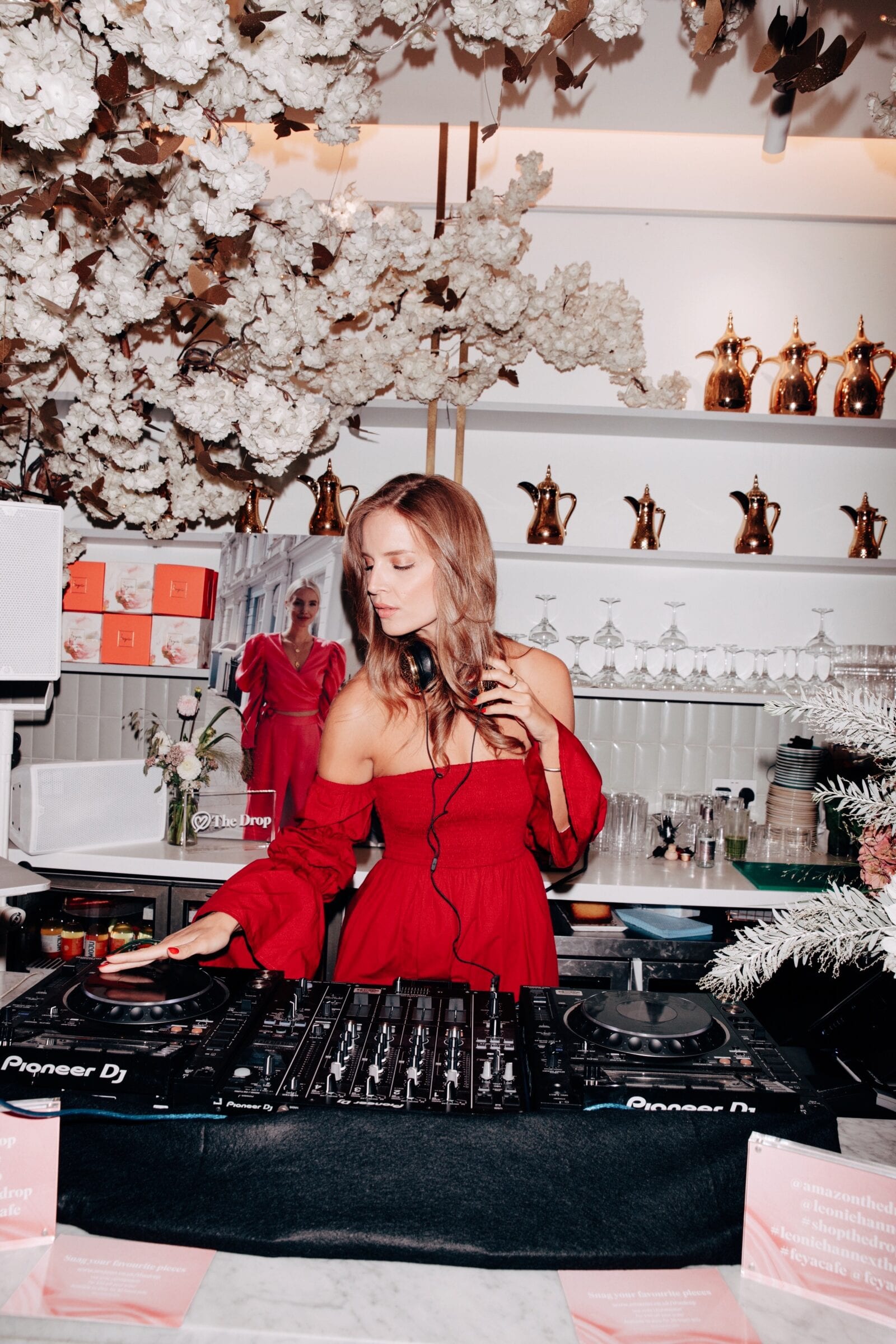
The word ‘music’ can be traced back to the Greek mousikē, meaning (art) of the muses.
Creative director, global trotter, and international DJ Alex Merrell has spent a decade and half in the music industry in Los Angeles and beyond. The Vancouver-raised creative is a favorite amongst the fashion crowd and is one of the most sought after DJs for high profile events and top venues internationally, including the likes of celebrity parties and haute couture runway shows such as Vogue, Dior, Louis Vuitton, Cartier, Fendi, Armani, Swarovski, and more. Living life to the sound of her own drum, Merrell shares a few of her artist influences, both in the realms of art and music.
For the weekend, the DJ also gave us a special art playlist for lazy fall mornings and a stack of art books.
How did you begin in the music industry? What was the journey to becoming a professional DJ?
At 19, I was living in Vancouver and working with a painter, and managed to land an assistant position at a music management company in LA. I remember they offered me the role on a Monday and asked me to be there by the beginning of the following week. I packed up my life and moved across the border that weekend. I started learning to DJ because curating music, one way or another, had always been a side hustle. In high school I would get paid to fill my parents’ friends’ iPods with playlists for dinner parties and workouts. I’m still kind of baffled that I managed to turn it into a career.
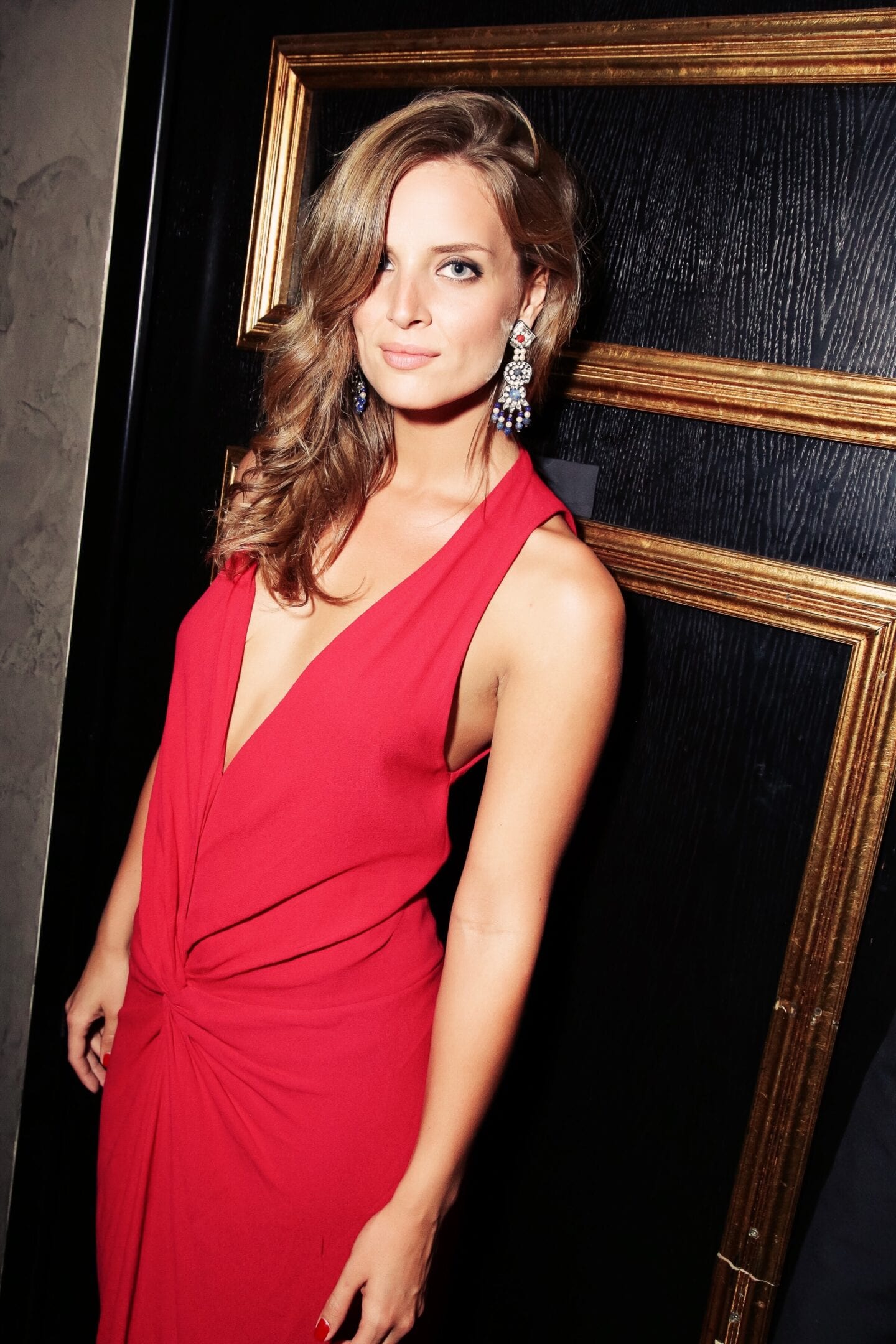
What is a typical day in Alex’s career?
The idea of a “typical day” has obviously gone out the window this year, but to be honest, it never really existed for me. Since I started taking on creative direction roles and freelance projects with brands across the industries of fashion, hospitality and liquor, every day is completely different. It hasn’t been unusual to hop on a red eye after DJing a private event in LA, land in NYC, and go straight to a shoot for a fashion client. I love testing my limits, saying yes no matter how far in over my head I may feel, and figuring it out as I go. I think somewhere on that edge is where you really get to explore and expand your creativity and truly live.
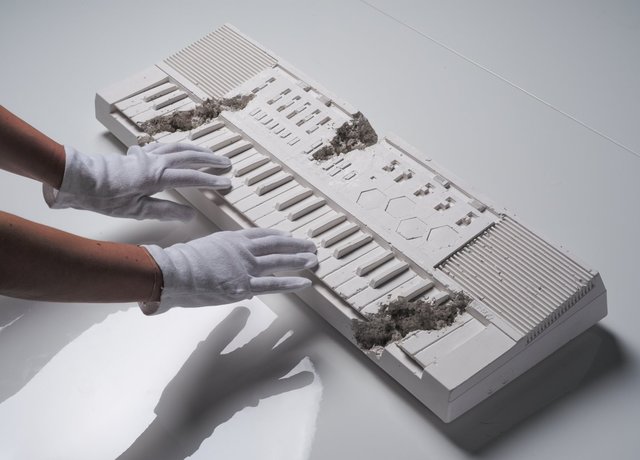
“I snagged this eroded cast plaster Casio keyboard sculpture, the final drop in Daniel Arsham’s Future Relic Series, as a cheeky reminder of music’s place in history.”
—Alex Merrell
What was the last exhibition you saw?
I was in Paris photographing Daniel Arsham’s “Paris, 3020” show at Galerie Perrotin the day Trump announced the border closure between Europe and the US. For the exhibit, Arsham was granted unprecedented access to the casting workshop of Réunion des Musées Nationaux – Grand Palais, which, for the past 200 years, has created molds of the most famous art objects in the world and produced reproductions for major museums globally. It was Arsham’s first time working with historical artifacts, and there’s something interesting in the symbology of that being the last show I saw. I’ll remember that day forever because of how distinct the “before” and “after” were marked, both in his work, and with what has happened to the world this year.

“Art is how we decorate space, music is how we decorate time.”
—Jean-Michel Basquiat
What is one piece of art we might find in your personal collection?
My mother weaves tapestries in the classical French style, which is now a rare and precious medium. There are two large pieces of hers, which she wove around the time I was born, that I love deeply. Having been displaced by the pandemic, I’m currently staying with her in Vancouver, and have commandeered one of those tapestries, which now hangs above my desk as a source of inspiration.
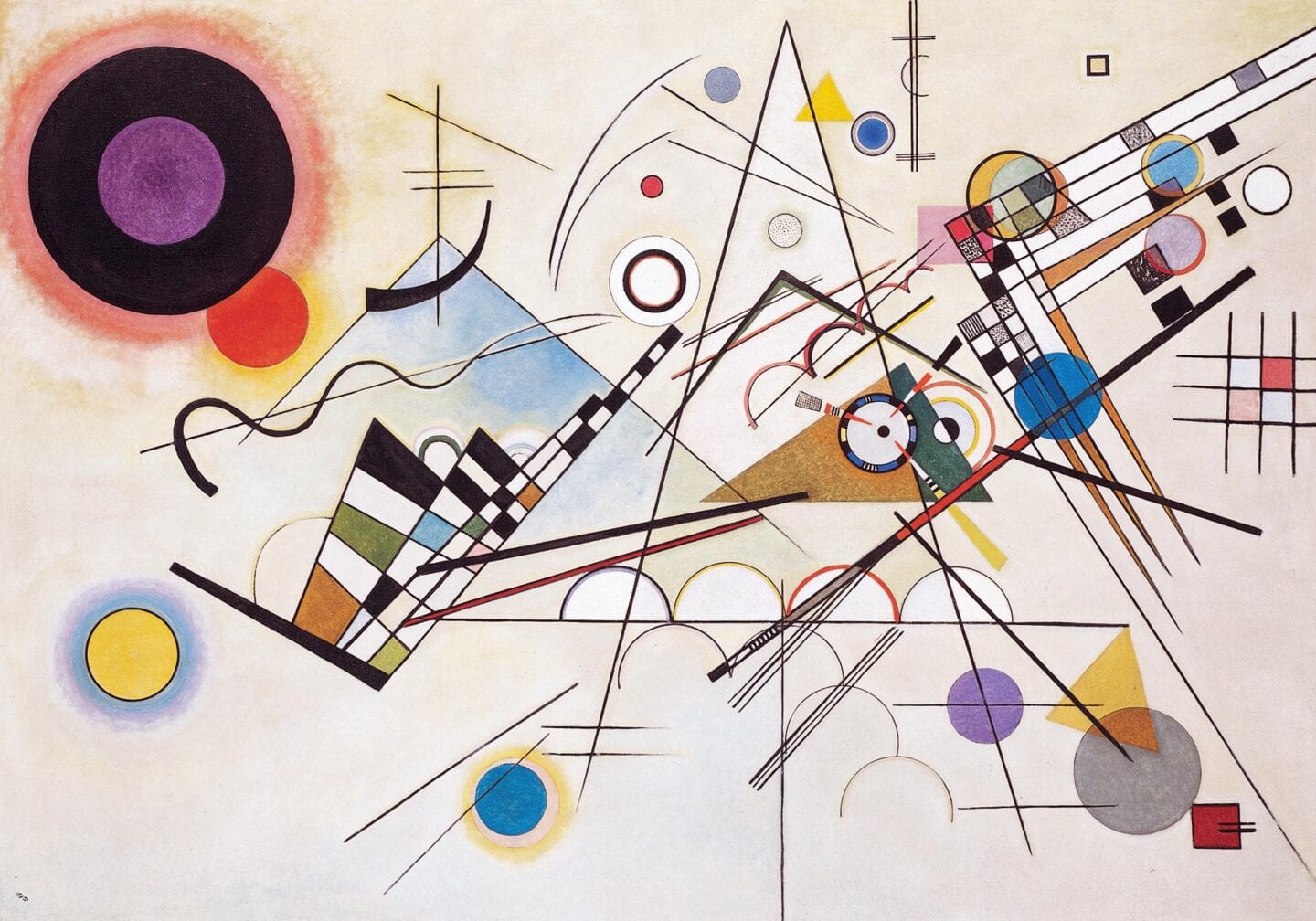
“Wassily Kandinsky believed in an inextricable connection between color and music, saying once, ‘color is the keyboard, the eyes are the hammers, the soul is the piano with its many chords. The artist is the hand that, by touching this or that key, sets the soul vibrating automatically.’”
—Alex Merrell
Name one song to listen to accompanied by one artwork of your choice.
As a DJ, I love a mashup, the tension and redefined context found in contrast, which can as often be found in the work of a great curator as a great artist. Tomás Saraceno’s contemporary installation “Aerosene” in the Karlskirche, a Baroque church in Vienna, took my breath away last fall, as did “This Bitter Earth/On The Nature Of Daylight”, which lays a 1960 Dinah Washington vocal over a breathtaking post-classical composition by Max Richter from 2004.

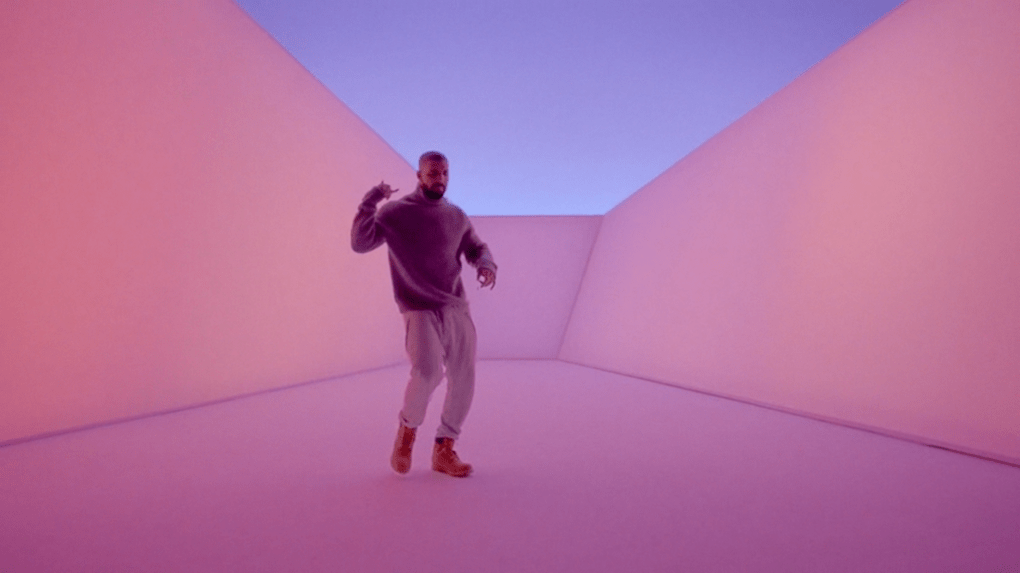
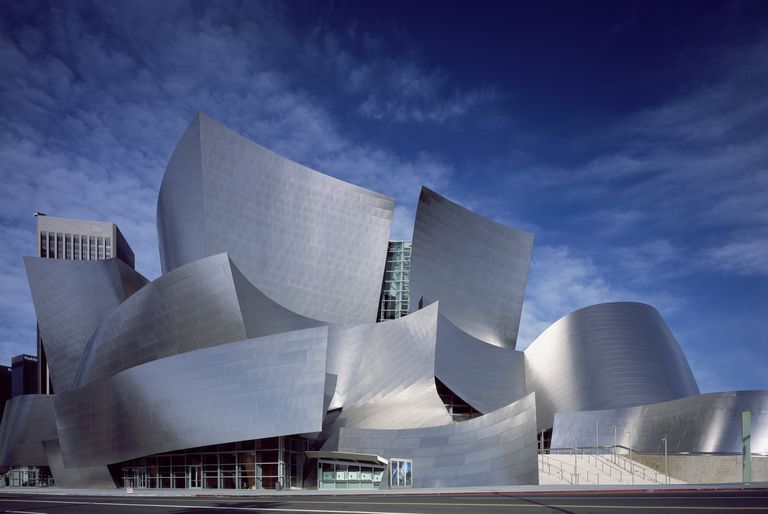
“Music is liquid architecture; Architecture is frozen music.”
—Johann Wolfgang von Goethe


